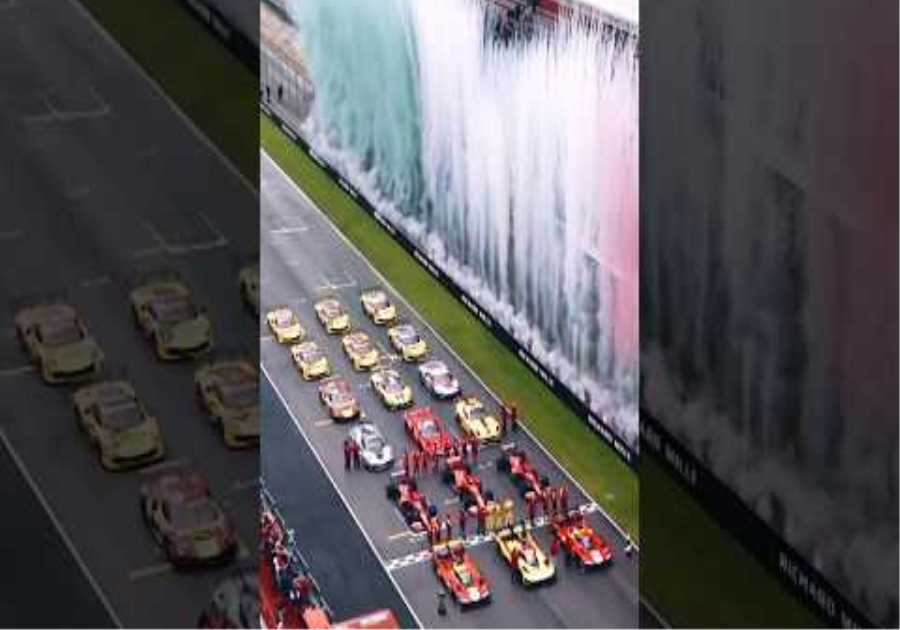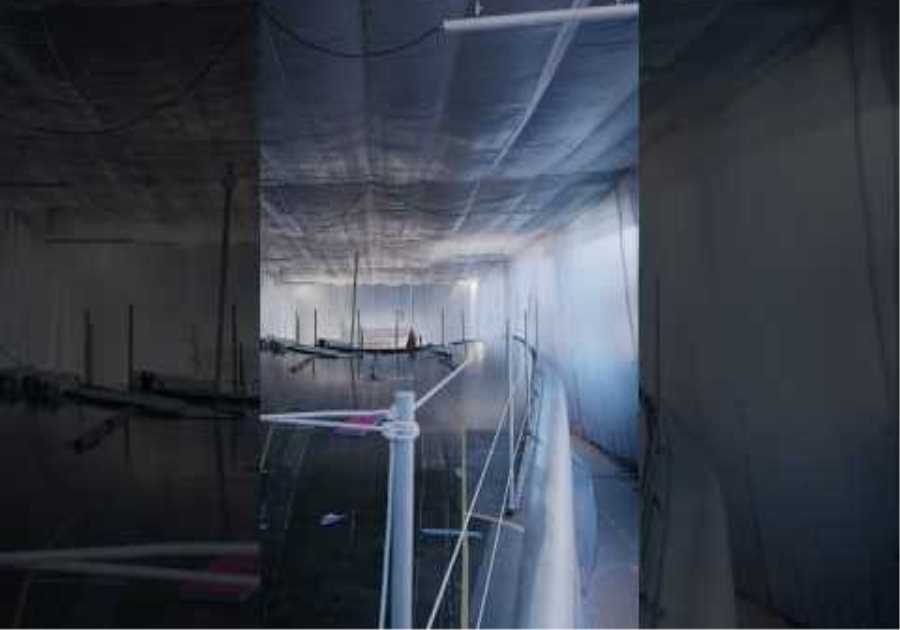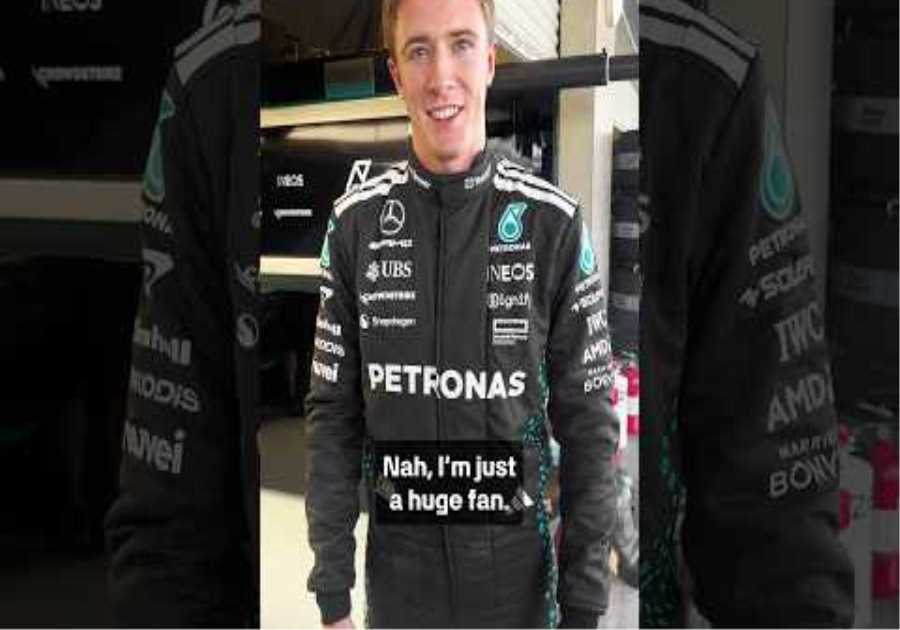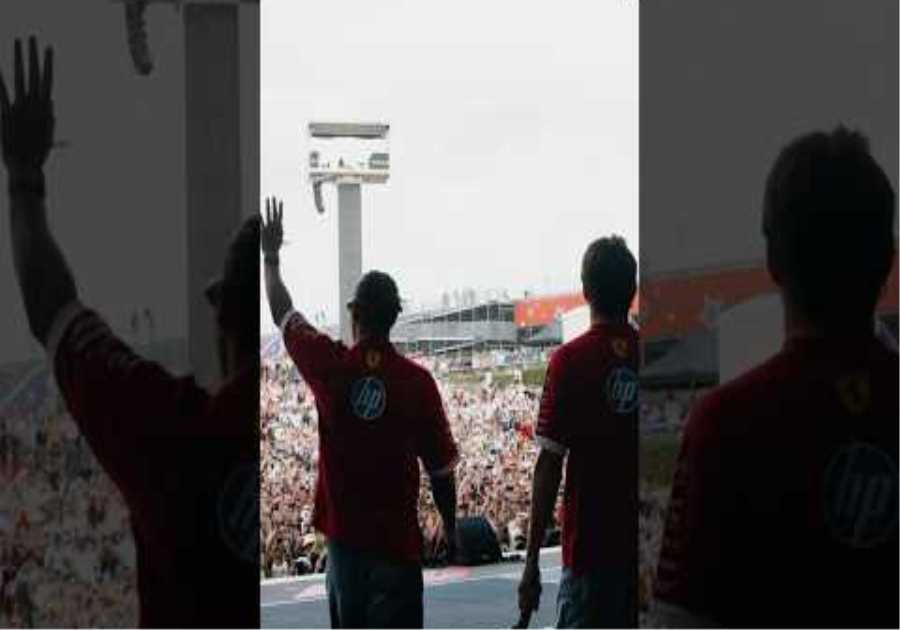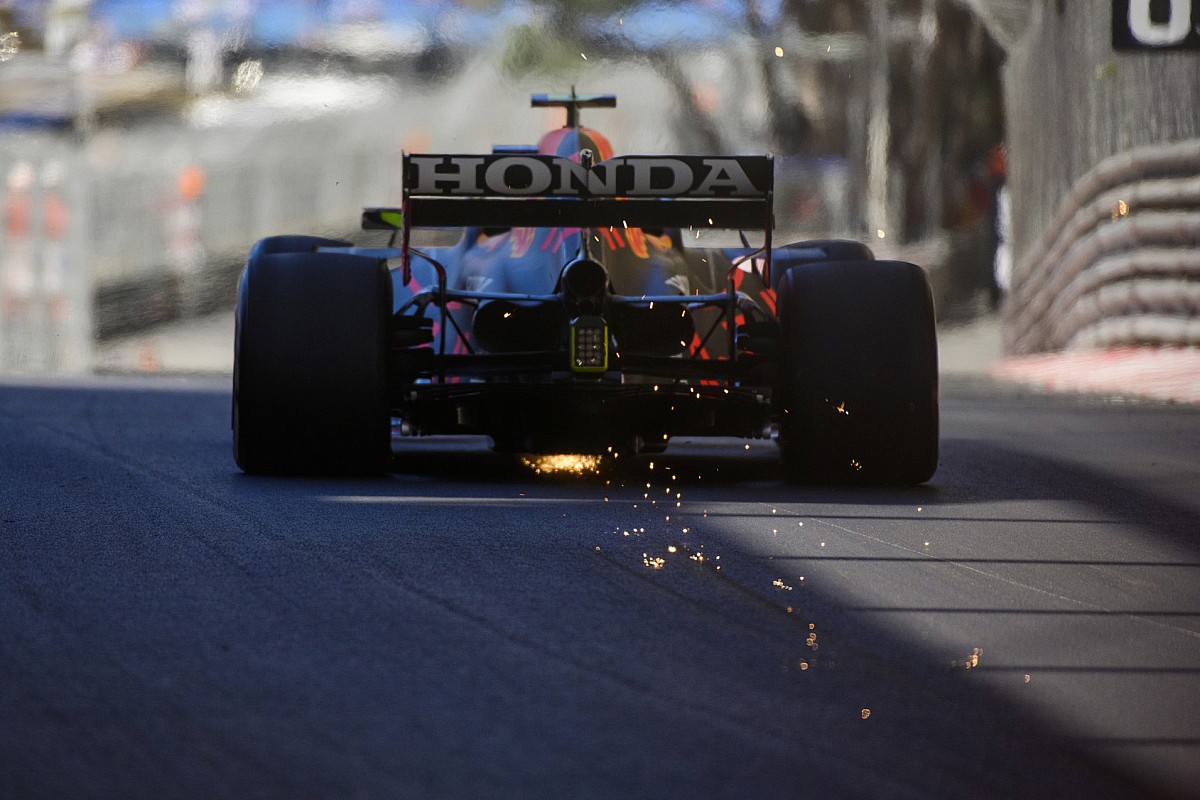
While the tight corners and short straights of Monaco mean that Flexi-Wings are not a decisive factor on the track this weekend, they remain the hot topic of conversation in Formula 1
While a recent move by the FIA to introduce tough tests to contain “pliable wings” may have been aimed at ending the controversy on the matter, in the short term the response has actually opened the door to greater confusion.
There is now talk of a possible protest at one of the next two races, with McLaren specifically saying that it is “unacceptable” for some teams to continue to benefit from running Flexi-Wings.
That’s because the FIA isn’t introducing its clampdown until next month’s French Grand Prix, which means teams are allowed to run their current designs for two more races.
For Monaco this shouldn’t be an overly contentious issue as hopes of a win from Flexi-Wings are so low because the straights aren’t long enough.
But in two weeks the layout of Baku will be absolutely perfect for a flexi wing. A car that can drive at maximum downforce for the neighborhood but then has a wing that curves down to reduce drag in the long run from the last corner could win over a few tenths of the straight.
And it is this perk that McLaren is particularly unhappy about that has opened the door to a possible protest – even though all cars are currently passing current tests.
The way the F1 governance process has long worked is the final decision on the interpretation of regulations that is not made by the FIA but by the race stewards.
Although all cars with flexi wings currently pass the FIA’s satisfaction tests, this does not automatically mean that the stewards would agree on the legality of the designs if pushed to a decision through protest.
The FIA’s technical guidelines, in which the teams are informed about new tests and rule interpretations, always contain a reminder at the end of each page.
“All of the above FIA statements are of an advisory nature and do not constitute technical regulations,” it says.
“It is up to the stewards and ultimately the FIA’s International Court of Appeal to offer binding interpretations of the technical regulations.”
So the only way to ensure the proper legality of flexi-winged cars is actually through the stewards.
Indeed, the TD himself, who informed the teams about the new tests, is the best evidence teams can present in protest of the possibility that the current Flexi-Wings are violating the regulations.
In it, the technical director of the FIA, Nikolas Tombazis, made it clear that the governing body was of the opinion that teams could break the rules.
He wrote that the FIA was aware of wings that had passed current retraction tests but “still exhibited excessive deflection while the cars were in motion”.
He added: “We believe that such deformations can have a significant impact on the aerodynamic performance of the vehicle and therefore potentially violate the provisions of Article 3.8 (Aerodynamic Influence), which stipulates that all components that affect the aerodynamic performance of the vehicle are strictly must be attached to the fully sprung part of the car “and remain immobile with respect to the sprung part of the car”. “
Also read:
If a protesting team were to provide video evidence of the bending of the wings allied with the TD, suggesting to the stewards that the flexible body ban rules be violated would be a strong argument.
The main question really is whether a team would go ahead with full protest, as many competitors are unwilling to do so.
McLaren team boss Andreas Seidl said yesterday about the prospect: “In principle, I’m not a big fan of protesting against other teams and cars and so on.
“As I said earlier, we are in dialogue with the FIA to understand what they are going to set up to ensure that teams that have designed equipment or parts that make things that you saw in Barcelona just don’t make possible can no longer use devices or parts from now on. And then we take it from there. “
Lewis Hamilton, Mercedes W12
Photo by: Erik Junius
However, Mercedes may feel differently as it is in a close battle with Red Bull for the world championship.
Let’s not forget that Red Bull received a protest against its twin-axle steering system at last year’s Austrian Grand Prix.
Another possible scenario is that the actual threat of protest is enough to turn the matter upside down and force the teams to stop operating their own Flexi-Wings.
If we rewind to the end of the 2019 F1 Championship, F1 was caught up in a similar scenario where the FIA’s technical department was happy with something and some teams weren’t.
This revolved around holes in the rear wheel rims of Mercedes cars designed to blow air and control tire temperatures.
Ferrari was dissatisfied with the design and felt that they resembled the blown hub concept, the use of which Red Bull had been banned back in 2012.
While the FIA said it was satisfied that the Mercedes design was legal, Ferrari remained restless – and there was a chance a protest would be filed.
After being made aware of the possibility of protest, Mercedes decided to voluntarily change its rim designs to ward off the threat.
The question, therefore, is whether teams like Red Bull and Ferrari will choose to continue developing designs that pass the tests for Baku and potentially lose a result if the protest is successful.
Or will they pull back and make movements to make sure their rear wings don’t bend so there is no cause for complaint?
The post How real is the threat of protest against the F1 Flexi Wing range? first appeared on monter-une-startup.
